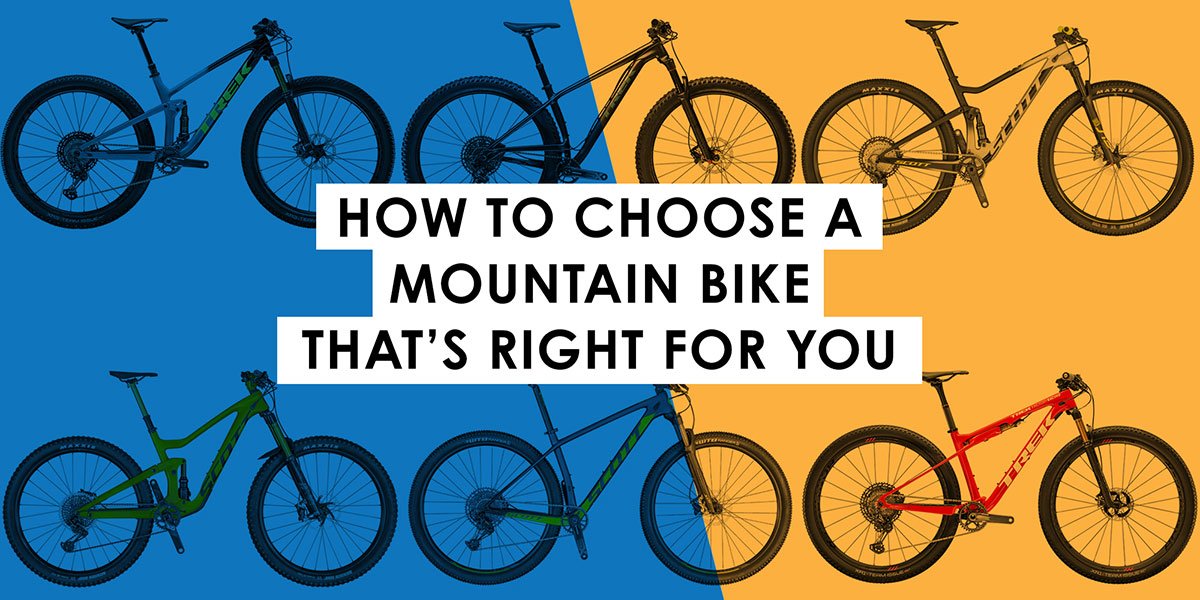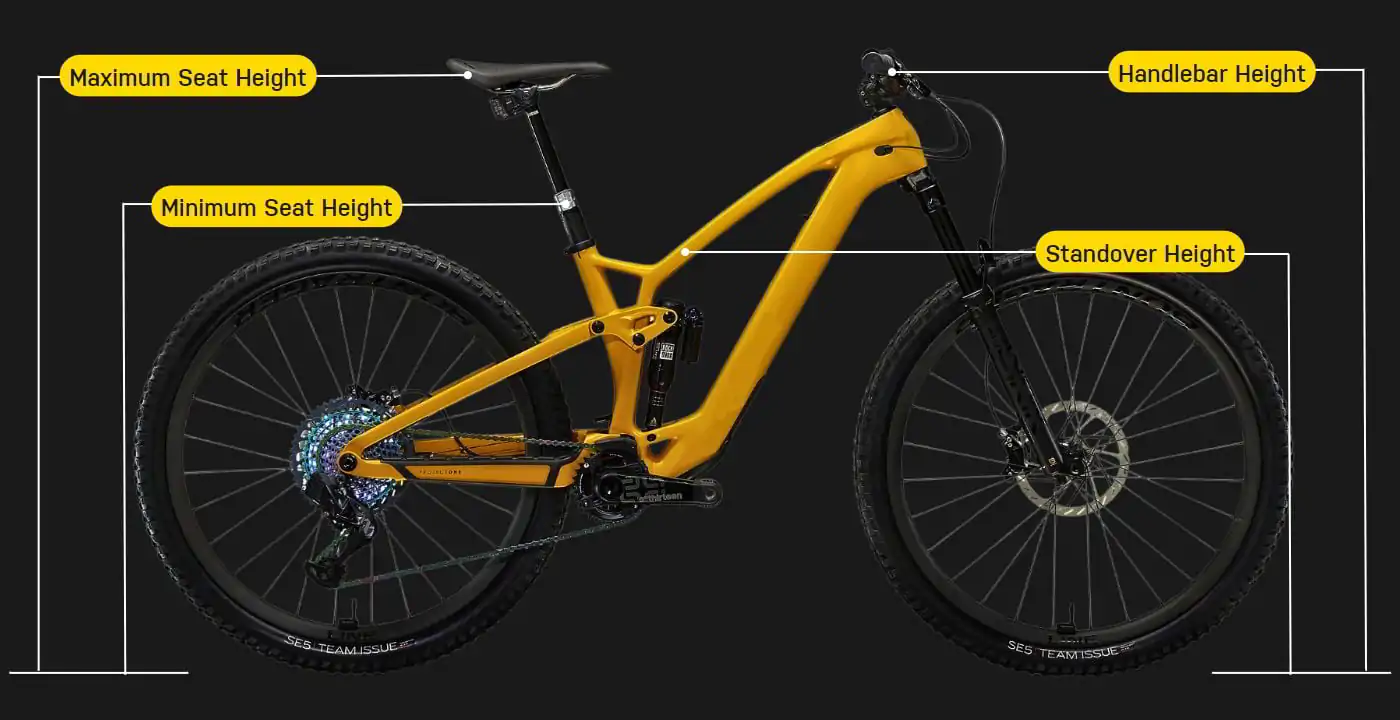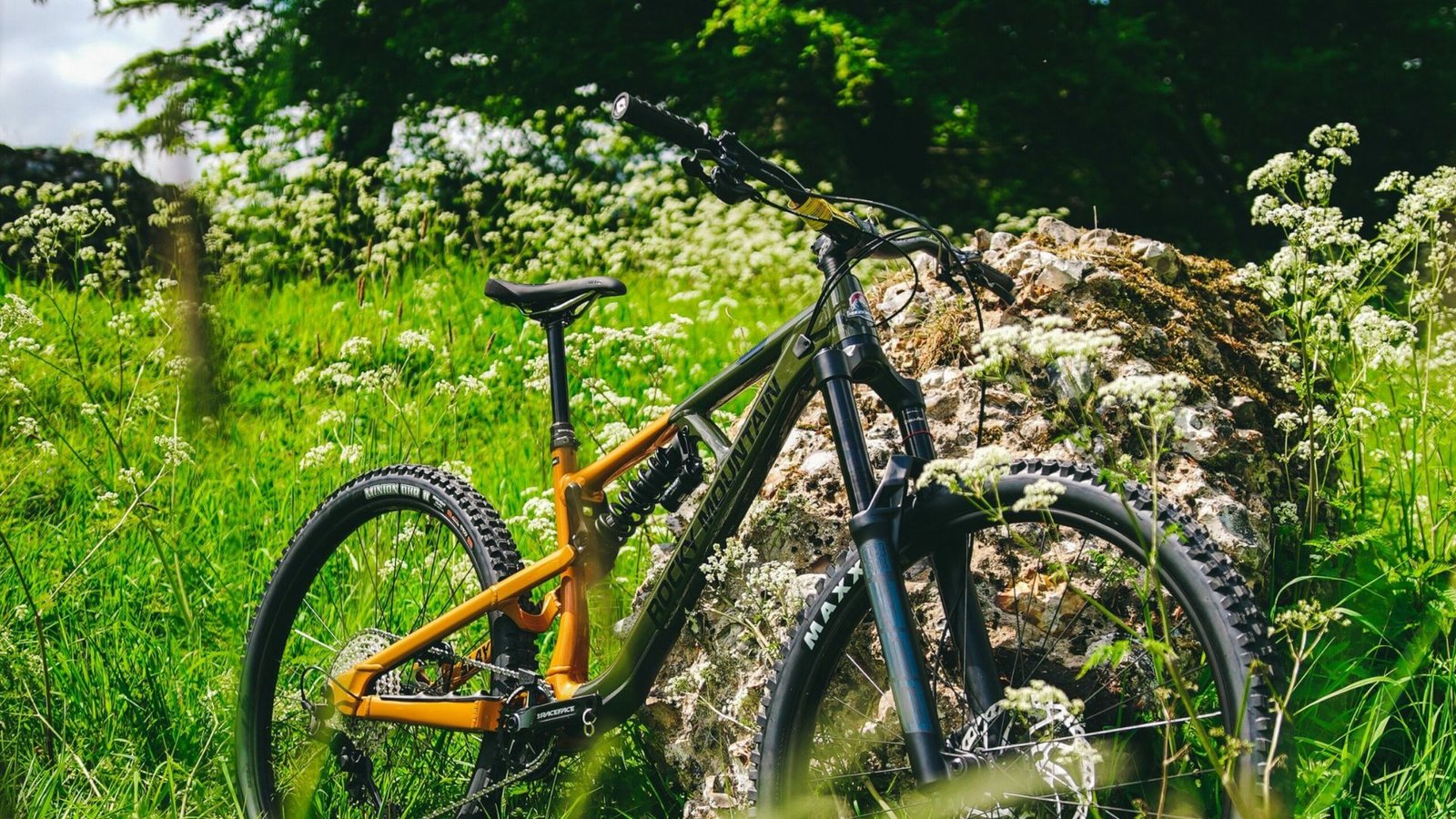Understand the Types of Mountain Bikes
There are several types of mountain bikes, each designed for specific terrains and riding styles:
- Cross-Country Bikes: Lightweight and efficient, these bikes are ideal for long rides on smooth trails. They excel in climbing and covering distances quickly.
- Trail Bikes: Versatile and capable of handling a variety of terrains, trail bikes are perfect for beginners and intermediate riders. They balance comfort and performance for mixed riding.
- All-Mountain Bikes: These bikes are designed for more aggressive riding, offering durability and stability on rough trails. They can handle steep descents and technical sections.
- Downhill Bikes: Built for steep descents, downhill bikes prioritize stability and control. They are not suited for climbing but excel in downhill performance.
Consider Your Riding Style
Your riding style significantly influences your bike choice. Think about where you plan to ride most often:
- If you prefer cross-country trails or long-distance rides, look for a lightweight cross-country bike.
- For a mix of climbing and descending on various terrains, a trail bike may be the best fit.
- If you enjoy aggressive riding on technical trails, consider an all-mountain or downhill bike.
Frame Material Matters
Mountain bike frames are typically made from three materials: aluminum, carbon fiber, and steel.
- Aluminum: Lightweight, affordable, and durable, aluminum is the most common material for mountain bike frames.
- Carbon Fiber: Known for its high strength-to-weight ratio, carbon fiber frames are lighter and more expensive. They offer excellent performance but may be less durable than aluminum in some cases.
- Steel: While heavier, steel frames provide durability and a smoother ride. They are often favored for their comfort and longevity.
Determine the Right Suspension
Mountain bikes come with different suspension systems, which affect ride quality and performance:
- Hardtail: A hardtail bike features a front suspension but no rear suspension. It’s lighter, more efficient for climbing, and typically more affordable. Ideal for cross-country and smoother trails.
- Full Suspension: These bikes have both front and rear suspension, providing better shock absorption and comfort on rough terrain. They are great for trail and all-mountain riding but tend to be heavier and more expensive.
Fit and Sizing
Getting the right fit is crucial for comfort and performance. When selecting a bike, consider the following:
- Frame Size: Frame sizes typically range from small to extra-large. Refer to the manufacturer’s sizing chart and test ride different sizes to find the best fit.
- Standover Height: Stand over the bike with both feet flat on the ground. You should have a couple of inches of clearance above the top tube.
- Reach and Handlebar Height: Your arms should be slightly bent when holding the handlebars, allowing for a comfortable riding position.

Test Ride Before Buying
Before making a purchase, test ride different bikes. Pay attention to how each bike feels on various terrains. Note the comfort, handling, and responsiveness. A test ride helps you gauge which bike aligns best with your preferences.
Set a Budget
Mountain bikes vary widely in price. Determine your budget before shopping, keeping in mind that higher-quality bikes generally come at a higher cost. Consider spending more on essential components like suspension and brakes for better performance.
Additional Features to Consider
When choosing a mountain bike, consider these additional features:
- Tire Size: Larger tires provide better traction and stability, while narrower tires are lighter and faster. Choose based on your riding style.
- Gearing: Look for a bike with a suitable gear range for your terrain. More gears can help with climbing, but simpler gear setups are often lighter and easier to maintain.
- Brakes: Hydraulic disc brakes offer superior stopping power compared to mechanical brakes, especially in wet conditions.
Conclusion
Choosing the perfect mountain bike involves understanding your riding style, considering frame material, suspension type, fit, and budget. Taking the time to test ride different options will ensure you find a bike that meets your needs and enhances your mountain biking experience. With the right bike, you can enjoy the thrill of the trails and make the most of your adventures.



